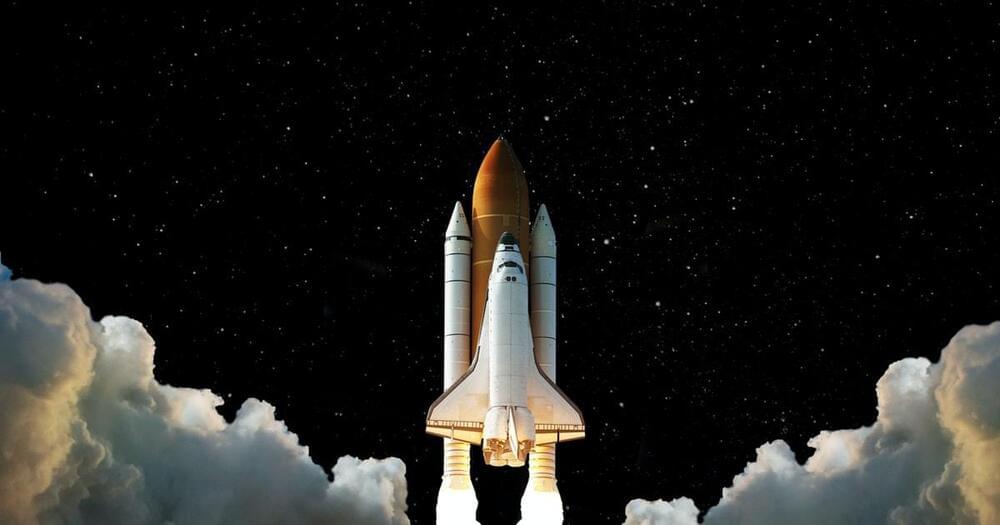This beer is truly out of this world.
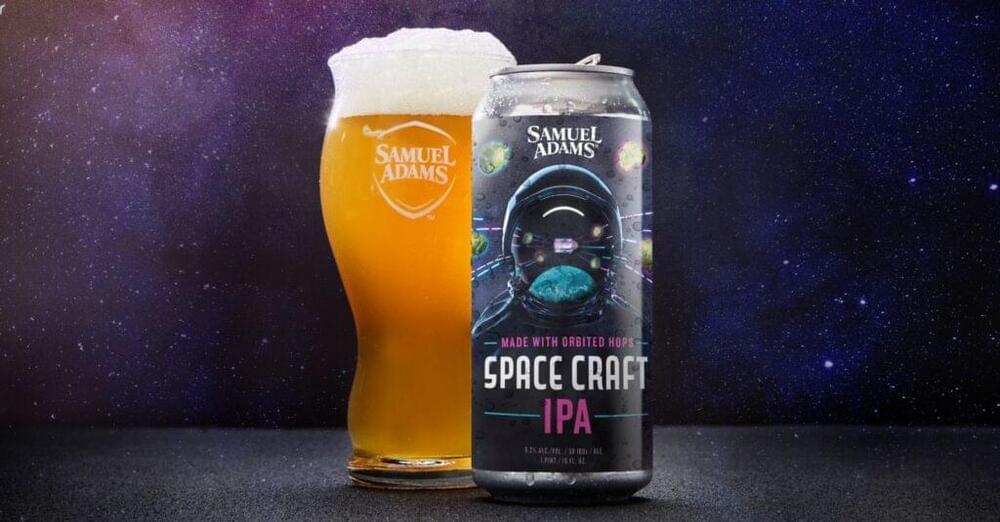


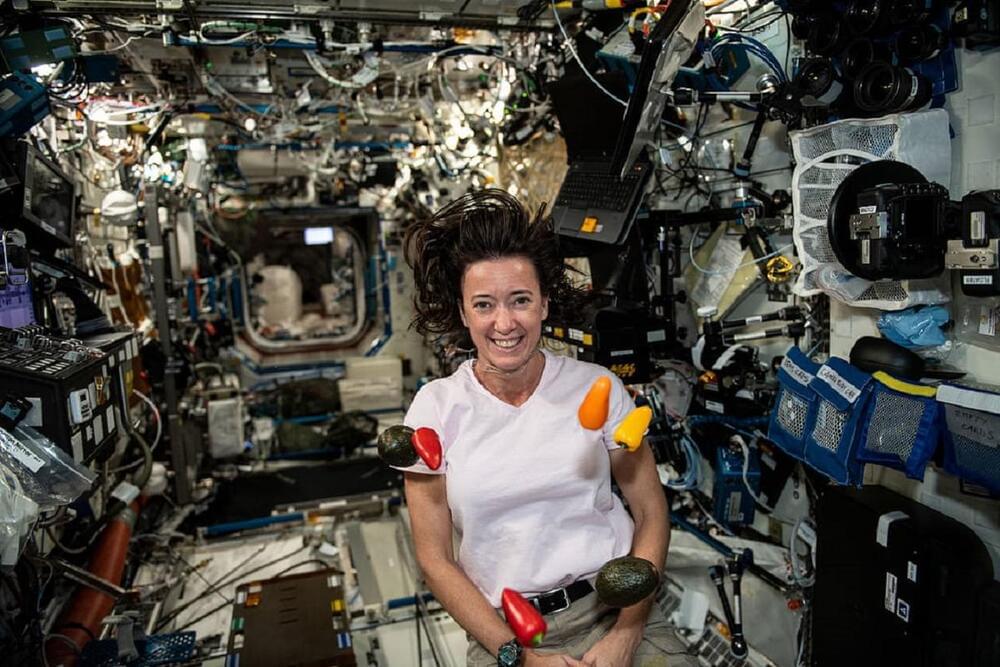
The article details the discomfort astronauts may feel due to malfunctioning waste management systems. Luckily their critical systems are not compromised. It’s also very difficult for them to make these repairs up in orbit.
Well, I guess adult diapers are the way of the future. 😂
A NASA astronaut stationed aboard the International Space Station acknowledged this week that a design flaw in the toilet built into SpaceX’s Crew Dragon module will force she and her colleagues to use diapers during their upcoming return journey to Earth.
“Yes, we are unable to use the toilet on Dragon for the return trip, and of course, that’s suboptimal,” McArthur told reporters on Friday, according to Space.com.
You might remember some drama during SpaceX’s first space tourism launch, back in September, when it was widely reported that the civilian crew of Inspiration4 ran into some trouble with the spacecraft’s waste management system.

Few years ago, at the mention of space mission rivalry, the US and USSR comes to mind. However, things changed in 2003 when China launched the first human crewed mission space flight. We’ve always known the US and China to be rivals on so many economic and political grounds, but now, they’ve taken it one up to space.
What’s the whole point of the space mission rivalry? And most importantly, if the rivalry continues, how exactly will it affect both countries and the world at large? Well, we will find out in just a second.
While the United States’ status in the current world order requires no explanation, the People’s Republic of China’s rise to similar power warrants some examination. Following the death of Mao Zedong in 1976 whose ideologically restricted Stalinist rule caused much devastation and economic malaise in Chinese society, a new ruling class sought to change things.
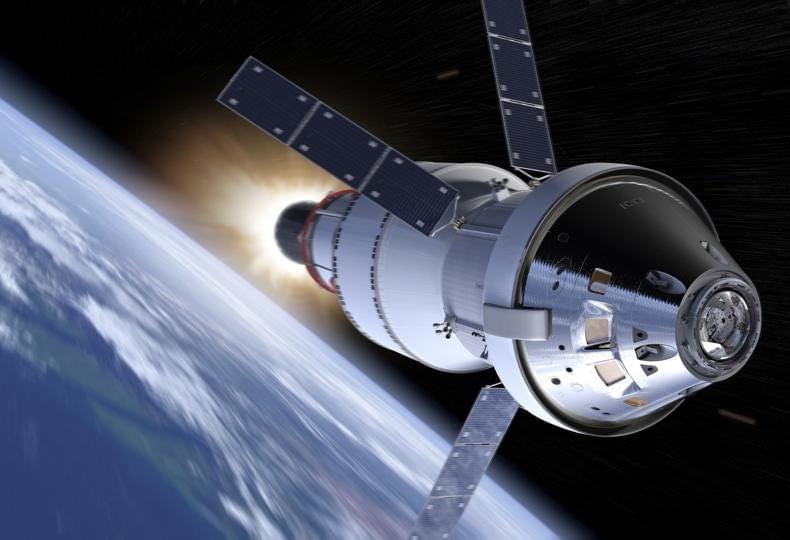
NASA is committed to landing the first woman and the first person of color on the Moon in 2024—or thereabouts—as part of the Artemis-3 mission.
But first will come Artemis-1.
Spaceflight Now reports that NASA is now saying February 12 2022 is the soonest the un-crewed autonomous Artemis-1 mission could launch.… See more.
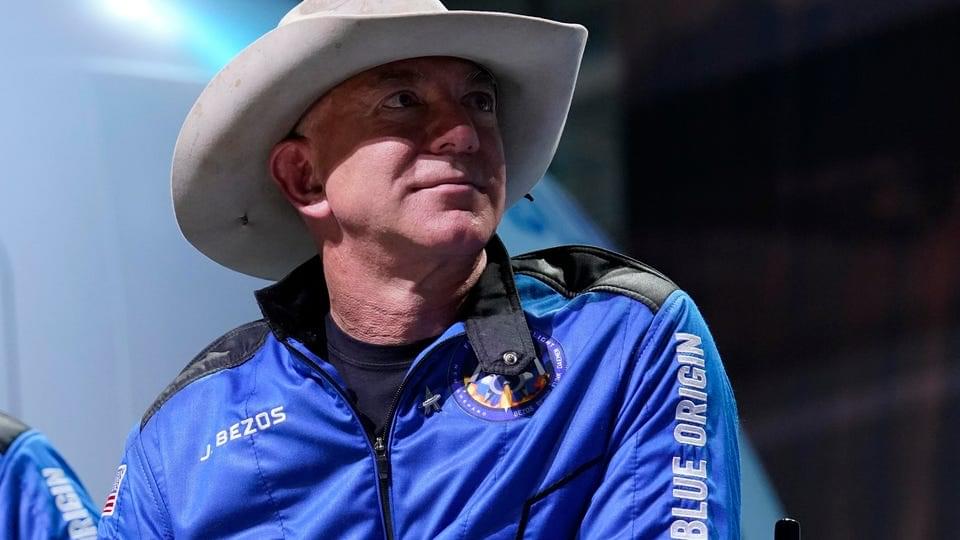
Jeff Bezos’ space company Blue Origin has lost a lawsuit against NASA it filed over the agency’s decision to award a $2.9 billion contract to Elon Musk’s rocket company SpaceX to build a lunar lander to transport astronauts to the Moon, according to a federal court ruling Thursday.
The lucrative contract was given to SpaceX in April as part of NASA’s Artemis program that aims to fly the first woman and first person of color on the Moon by 2024. SpaceX was selected to develop… See more.
Federal judge Richard A. Hertling ruled in favor of SpaceX, concluding a sealed complaint Blue Origin filed in the U.S. Court of Federal Claims in August, and said a protective order to seal documents in the lawsuit would remain in effect.
The ruling comes amid a heated billionaire space race between Blue Origin, SpaceX and billionaire Richard Branson’s Virgin Galactic.
Blue Origin took legal action against NASA saying the agency was “unlawful and improper” in its evaluation of three proposals for the lunar lander contract, including ones from Dynetics and Blue Origin.
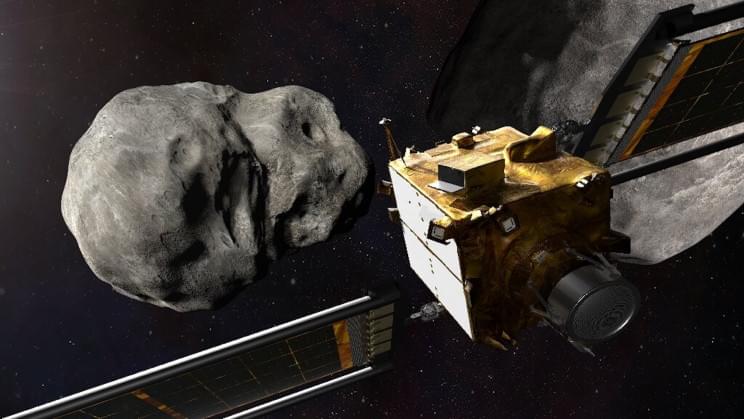
In a concept test for an advanced planetary defense solution.
We are vastly unprepared for the event of an impending, potentially civilization-ending asteroid impact. Knowing this, NASA is developing planetary defense solutions to add to its arsenal of space technologies.
One of these technologies, NASA’s DART spacecraft, is scheduled to launch aboard a SpaceX Falcon 9 rocket at 10:20 Pacific time on November 23 a press statement reveals. … See more.
Today (Nov. 5), Space Chat will explore what’s new in space, including new climate science, SpaceX’s new astronaut launch and a seriously powerful solar storm.
Every Friday at 1 p.m. EDT (1800 GMT), Chelsea Gohd hosts Space Chat, which you can find live on Space.com’s VideoFromSpace YouTube, Facebook and Twitter pages. Every week, the series explores a new space-tastic topic, spanning from Earth to the universe and far, far beyond.

